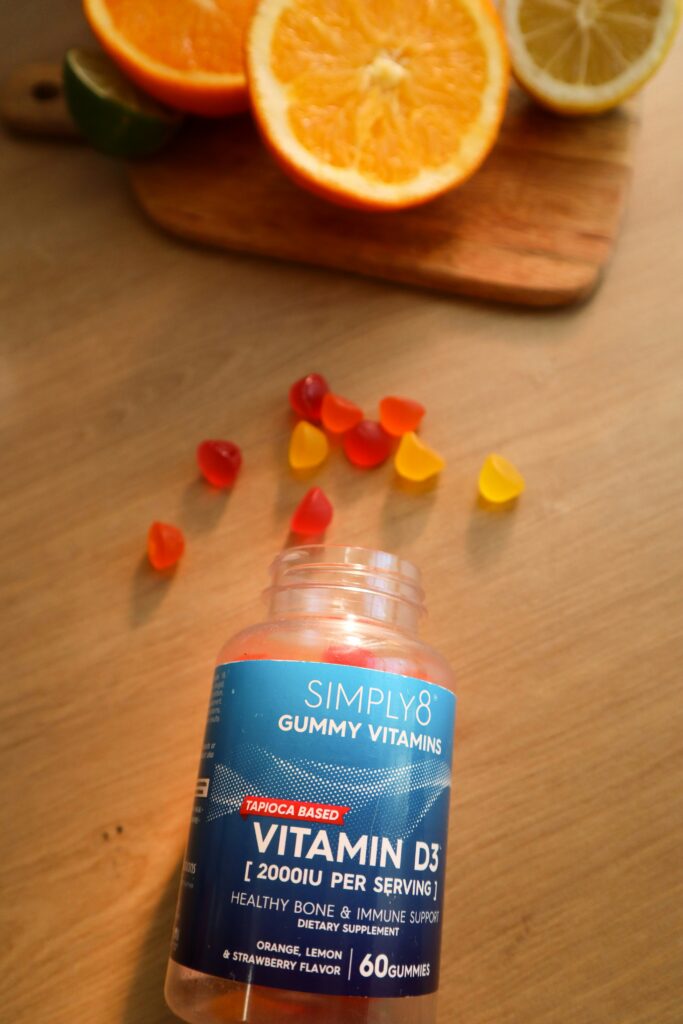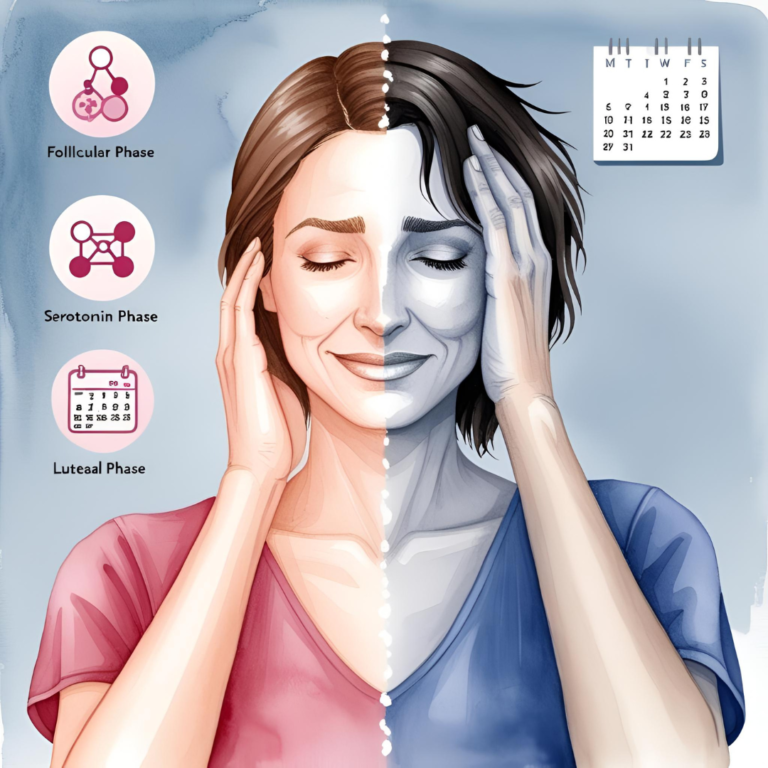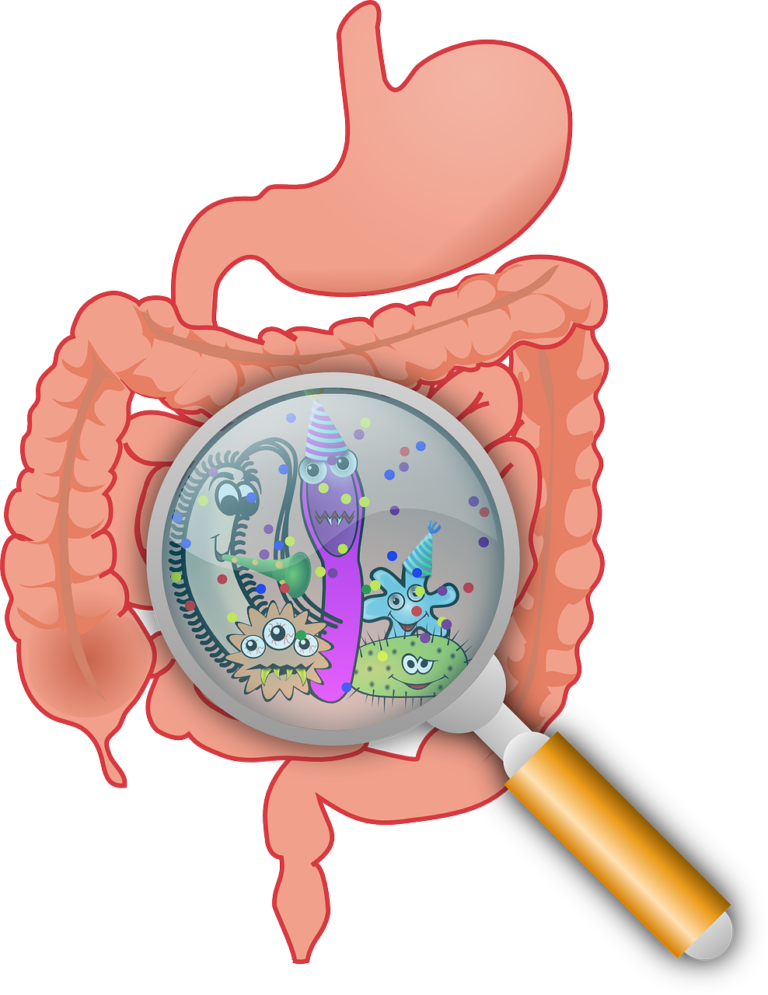Discover effective vitamin D deficiency treatments, from sunlight exposure to supplements. Learn doctor-recommended strategies to boost your levels safely and naturally in 2025.

Introduction:
Did you know that over 40% of Americans are vitamin D deficient, yet most don’t even realize it? I’ve spent years researching this crucial nutrient, and here’s what shocked me – even in sunny areas, deficiency rates remain surprisingly high! As a health researcher, I’m excited to share the latest science-backed strategies to combat this common condition. Whether you’re dealing with fatigue, weak bones, or just want to optimize your health, this comprehensive guide will walk you through everything you need to know about treating vitamin D deficiency naturally.
Vitamin D Deficiency: Understanding Signs You Shouldn’t Ignore
Vitamin D deficiency is a surprisingly common issue with often subtle but significant symptoms. Those who are deficient may feel a persistent fatigue, experience unexplained bone pain, or notice mood shifts, often feeling more irritable or even down. Several risk factors can increase susceptibility to low vitamin D, including limited sun exposure, darker skin tones (which reduce vitamin D production from sunlight), age, and certain dietary restrictions or absorption issues. Low vitamin D has been linked to a range of health conditions, from osteoporosis and weakened bones to a higher risk of cardiovascular disease and certain autoimmune diseases.
To determine vitamin D levels, a blood test measuring 25-hydroxyvitamin D is often performed, helping to differentiate between insufficiency (slightly low levels) and deficiency (markedly low levels). Insufficient levels might not lead to symptoms but still benefit from slight supplementation or lifestyle changes. Deficient levels, however, typically require more active intervention to prevent long-term health impacts. Understanding these aspects of vitamin D can empower individuals to recognize symptoms early, assess risk, and take steps to maintain optimal health.
Key Signs to Watch For:
– Persistent fatigue and low energy
– Muscle weakness and aches
– Bone pain, especially in your back
– Frequent illnesses or infections
– Mood changes, particularly during winter months
The Science Behind Natural Sunlight Exposure
Let’s talk about your body’s incredible vitamin D factory – your skin! When sunlight hits your skin, it triggers a fascinating process that produces vitamin D. But here’s the catch: not all sun exposure is created equal. The time of day, season, and even your geographical location play crucial roles in this process.
Best Practices for Sun Exposure:
1- Timing: Aim for midday sun exposure (10 am to 3 pm)
2- Duration: Light skin: 10-15 minutes
Medium skin: 15-20 minutes
Dark skin: 20-25 minutes
3- Exposure area: Try to expose your arms, legs, or back.
4- Frequency: 2-3 times per week minimum
Remember: Balance is key! While you need sun exposure, always be mindful of skin cancer risks.
Vitamin D Deficiency treatment: Natural sources
Your plate can be a powerful tool in fighting vitamin D deficiency! I’m excited to share that some everyday foods are excellent sources of this crucial nutrient. The key is knowing which foods pack the biggest vitamin D punch and how to incorporate them regularly into your meals.
Top Vitamin D Food Sources:
🐟 Fatty fish (salmon, mackerel, tuna)
🥚 Egg yolks
🍄 UV-exposed mushrooms
🥛 Fortified dairy products
🥣 Fortified cereals
Pro Tip: Combine these foods with healthy fats to enhance absorption!
Supplement Options and Guidelines (2025 Update)
Navigating the world of vitamin D supplements doesn’t have to be overwhelming. The 2024 guidelines have brought some important updates to dosage recommendations and supplement types. What’s most exciting is that we now have better understanding of how different forms of vitamin D supplements work in various situations.
Essential Supplement Guidelines:
Recommended Daily Doses:
• Adults: 1000-4000 IU daily
• Seniors: 2000-4000 IU daily
• Deficient individuals: As prescribed by healthcare provider
Best Practices:
• Take with your largest meal of the day
• Choose D3 over D2 when possible
• Look for third-party tested products
• Store in a cool, dry place
Lifestyle Changes to Enhance Vitamin D Absorption
Small changes in your daily routine can make a big difference in how well your body absorbs and utilizes vitamin D. Think of your body as a finely tuned machine – every habit impacts its performance. From your morning walk to your bedtime routine, each choice you make can either help or hinder your vitamin D levels.
Quick Lifestyle Boosters:
– Take a 15-minute walk during lunch break
– Practice stress-reduction techniques daily
– Maintain a consistent sleep schedule
– Stay hydrated throughout the day
– Include regular weight-bearing exercises
Natural Fortification Methods
Ever thought about becoming your own vitamin D chef? There are some fascinating ways to enhance the vitamin D content of your foods right at home! One of my favorite discoveries is the UV-exposed mushroom technique – it’s like having a little vitamin D garden in your kitchen.
DIY Vitamin D Boosting Methods:
Mushroom Sunshine Treatment:
• Place mushrooms gill-side up in sunlight
• Leave for 15-30 minutes
• Store and use within 7 days
Food Pairing Strategies:
• Combine vitamin D foods with healthy fats
• Include vitamin K-rich foods
• Add zinc-containing foods to meals.
Monitoring and Testing Your Vitamin D Levels
Think of vitamin D testing as your health GPS – it tells you exactly where you stand and helps guide your next steps. Regular monitoring is crucial, especially when you’re actively working to improve your levels. The good news? Testing has become more accessible and comprehensive in 2024.
Testing Guidelines:
Initial baseline test
Follow-up test after 3 months of treatment
Regular testing every 6-12 months
Additional testing if symptoms persist
Special Considerations for High-Risk Groups
Not everyone processes vitamin D in the same way, and that’s perfectly normal! Certain groups need to pay extra attention to their vitamin D levels. As someone who’s worked extensively with diverse populations, I can tell you that personalization is key. Whether you’re a senior citizen, expecting mother, or someone with limited sun exposure, your vitamin D needs are unique.
Winter Strategy:
Increase supplement dosage (consult your doctor)
Use a light therapy box
Eat more vitamin D-rich foods
Plan indoor exercise routines
Summer Strategy:
Safe sun exposure during optimal hours
Lighter supplementation
Outdoor activities
Fresh seasonal foods
Combining Treatments for Maximum Effect
Improving your vitamin D levels requires a well-rounded approach. Research shows that combining multiple strategies often yields better results than relying on a single method. Let’s look at the most effective combinations that can help optimize your vitamin D status.
Synergistic Combinations:
Morning Routine: • Brief sun exposure • Vitamin D supplement with breakfast • Light exercise
Dietary Synergy: • Vitamin D + calcium-rich foods • Magnesium-rich foods • Healthy fats for absorption
Lifestyle Integration: • Outdoor activities when possible • Regular exercise • Stress management
Common Mistakes to Avoid while taking Vitamin d supplements
Let’s be honest – we all make mistakes, especially when starting something new. After years of helping people optimize their vitamin D levels, I’ve noticed some common pitfalls that you can easily avoid.
Watch Out For:
❌ Taking supplements on an empty stomach
❌ Relying solely on sunscreen-free exposure
❌ Inconsistent supplementation
❌ Ignoring seasonal changes
❌ Skipping regular testing
Better Approaches:
✅ Take supplements with fatty meals
✅ Balance sun protection and vitamin D needs
✅ Set supplement reminders
✅ Adjust strategy seasonally
✅ Keep a testing schedule
Long-term vitamin d Maintenance Strategies
Success with vitamin D isn’t just about getting your levels up – it’s about keeping them optimal for life! Think of it as a lifestyle change rather than a temporary fix. I’m excited to share some sustainable strategies that have helped many of my clients maintain healthy vitamin D levels long-term.
Creating Your Maintenance Plan:
Daily Habits: • Morning sun exposure routine • Regular supplement schedule • Vitamin D-rich meals • Physical activity
Monthly Check-ins: • Track symptoms • Review supplement needs • Adjust seasonal strategies • Plan upcoming testing
Long-term Success Tips: • Keep a vitamin D diary • Set calendar reminders • Join support groups • Regular healthcare provider check-ins
Remember: The key to long-term success is finding strategies that fit naturally into your lifestyle. Don’t aim for perfection – aim for progress and consistency!
Conclusion:
Taking control of your vitamin D levels doesn’t have to be complicated! By implementing these 12 natural treatment strategies, you can effectively boost your vitamin D levels and maintain them for optimal health. Remember, consistency is key – start with small changes and gradually build your personalized vitamin D optimization routine. Have questions about your vitamin D levels? Don’t hesitate to consult with your healthcare provider for personalized advice. Here’s to your health in 2024 and beyond!





